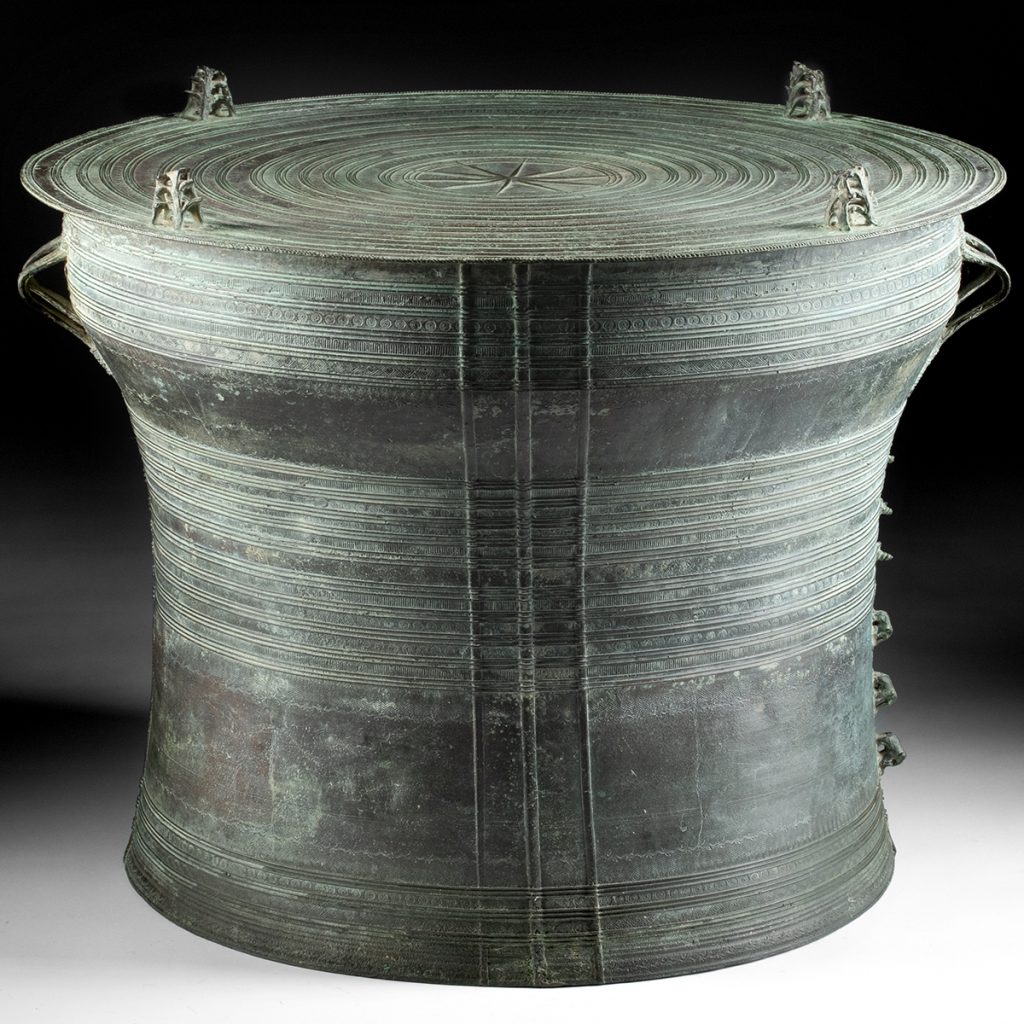Rain drums, with their resonant and percussive qualities, offer a captivating avenue for sound healing practices. These instruments, inspired by ancient Southeast Asian traditions, create a unique auditory experience that can deeply resonate with individuals seeking therapeutic and meditative benefits. Here’s a guide on how to effectively use rain drums in sound healing sessions:
1. Setting the Scene: Begin by creating a conducive and sacred space for the sound healing session. Arrange the environment with elements that contribute to a serene atmosphere, such as soft lighting, comfortable seating, and symbolic items that enhance the overall ambiance.
2. Selecting the Right Rain Drum: Rain drums come in various sizes and designs. Choose a rain drum that aligns with the energy and intentions of your sound healing session. Consider factors such as the drum’s size, design, and the specific cultural or symbolic elements incorporated into its structure.
3. Intention Setting: Clarify the purpose of the sound healing session. Whether it’s relaxation, emotional release, or energy balancing, setting a clear intention guides your playing and helps participants focus their energy and intention for the session.
4. Mindful Playing Techniques: Explore the diverse playing techniques available with rain drums. Experiment with different striking methods, speeds, and patterns to evoke different emotions and energies. Be mindful of the rhythms you create, responding intuitively to the energy in the space.
5. Incorporating Other Instruments: Rain drums can be harmoniously integrated with other instruments to enrich the sound experience. Consider combining them with singing bowls, chimes, or flutes to create a layered and immersive sonic journey.
6. Chakra Balancing and Energy Healing: Utilize the varying tones of the rain drum to correspond with specific chakras. Play in a way that aligns with the frequencies associated with each energy center, facilitating chakra balancing and overall energy alignment within participants.
7. Flow and Transitions: Guide the session with a sense of flow, using the rain drum’s rhythms to create dynamic shifts. Consider the pace and intensity of your playing to guide participants through different stages of the sound healing journey.
8. Participant Engagement: Encourage active engagement from participants. Invite them to focus on the sound, breathe deeply, and let go of tension. This participation enhances the overall effectiveness of the sound healing experience.
9. Closing and Integration: Gradually wind down the rain drum session to allow for a smooth transition back to regular consciousness. Conclude with moments of gentle, lingering sounds and periods of silence for reflection and integration.
10. Participant Reflection: After the session, invite participants to share their experiences and reflections. This feedback provides valuable insights into the effectiveness of your approach and allows for adjustments in future rain drum sound healing sessions.

Rain drums, with their rich cultural history and therapeutic resonance, offer a unique and powerful addition to the sound healer’s toolkit. Whether used for relaxation, chakra balancing, or emotional release, these instruments facilitate a profound sonic journey, connecting individuals with the ancient rhythms embedded in the art of sound healing.